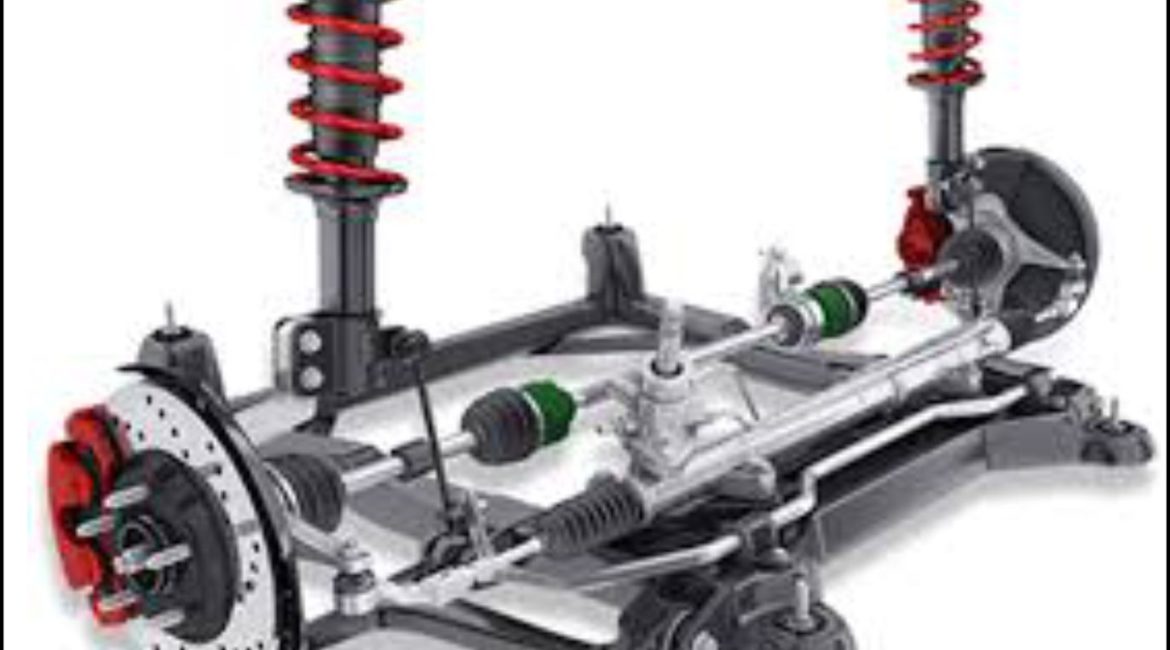When most of people think of automotive performance, they think of power, the need for speed, the roaring sound of the engine, and how fast the vehicle will go from zero to 60 miles per hour. However, all this power and speed is useless if the driver is unable to control the vehicle and is not comfortable while driving. Therefore, the automotive suspension is a crucial vehicle system.
Introduction:
The suspension system is basically the series of parts that support the vehicle as it moves on the road. These are components that give your vehicle the ability to make turns as you rotate the steering wheel and to absorb shocks when you drive over bumps or potholes.
In modern-day vehicles, there are literally hundreds of parts which made up the suspension system. But here, we’ll go over the most important car suspension parts and their functions.
If one of these components were to malfunction, then it would cause problems for the driveability, comfort, and safety of your vehicle.
Function:
The primary functions of the suspension system include maximizing the contact between the tires and the road surface, providing steering stability and good handling, evenly supporting the weight of the vehicle (including the frame, engine, and body), and ensuring the comfort of passengers by absorbing and dampening shock. Your vehicle’s suspension system works hard to withstand a considerable amount of stress compared to other major vehicle systems.
Types of Suspension components:
There are three basic types of suspension components:
1. Linkages:
The linkages are the bars and brackets that support the wheels, springs and shock absorbers.
Types of Linkages
- Straight bars
- Forged
- Cast
- Stamped metal shapes
2. Springs:
Springs cushion the vehicle by dampening shock loads from bumps and holes in the road.

Types of Springs
• Coil
• Leaf
• Torsion Bar
3.Shock absorbers:
Shock absorbers use hydraulic pistons and cylinders to cushion also the vehicle from shock loads. They also serve to dampen spring oscillations, thus bring the vehicle back to a neutral position soon after being shock loaded by a road obstruction.
Types of Shock absorbers
- Twin-tube.
- Mono-tube
- Gas-filled mono-tube
- External reservoir

